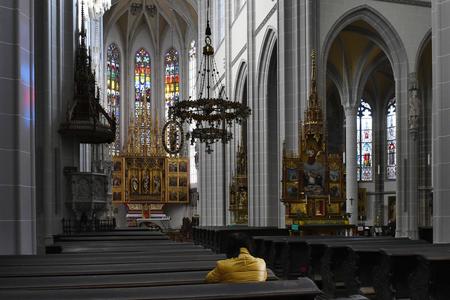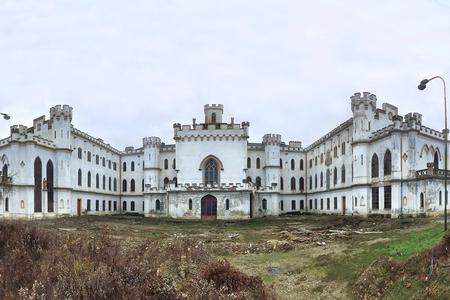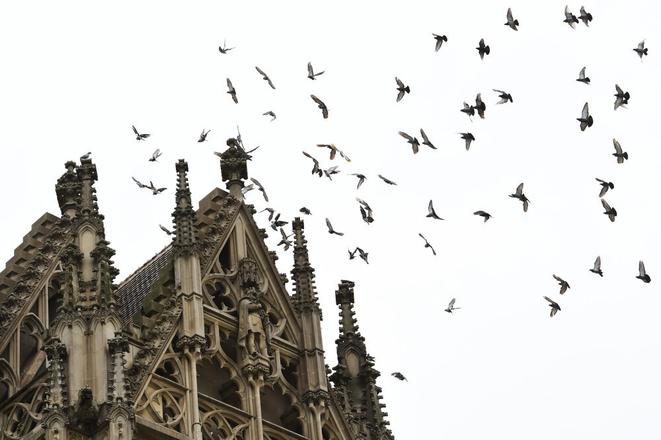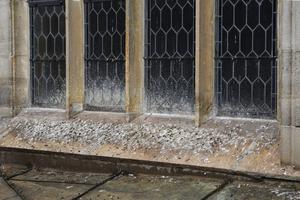Workers have started to remove bird droppings from the St Elizabeth's Cathedral in Košice; the droppings are causing damage to the interior.
Through a project supported by the Culture Ministry with a sum of €18,500, they succeeded in relieving the emergency state, the TASR newswire reported. Other finances are needed, however, said curator Tomáš Harbuľák on behalf of the Košice Archdiocese – Roman Catholic Parish of Saint Elizabeth in Košice.
“Birds that nest above the attic of the cathedral have polluted it for several years with its droppings. This dangerous biologic material disrupts the interior of the cathedral because fall from the arches to the presbytery and nave of the cathedral, sometimes during masses and tours,” he said, adding that dirty water has started to pour inside.
“It is at risk and in a seriously acute state,” Harbuľák added, as quoted by TASR.
Barriers against birds
The primary aim of the project is the acute reconstruction of the attic of this sacral cultural monument and also the disinfection of the attic premises.

There will be barriers installed in the attic to prevent pigeons from entering the space above the attic.
“In the attic above the arches, there is a large amount of pigeons gathering, which pollute and damage the space, and threaten the recently reconstructed parts and other premises, such as the stairs leading to the attic, the rafters and electrification located in the attic,” Harbuľák said, as quoted by TASR. He added that to sustain the optimal state it is necessary to prevent the return of birds to the attic.
Only basic measures
The return of these birds should be prevented by the installation of complex protection against birds, a system of spikes. They also plan to install wire nets on all ventilation and window openings on the stairs and in the attic of the church, which does not have such barriers.

Harbuľák added that only basic measures will be performed with the project funding.
“The damaged stone and wood will need to be repaired,” he said, as quoted by TASR. “But the current funding is not enough,” he said, adding that they will apply for the project again next year.


 (source: TASR)
(source: TASR)


